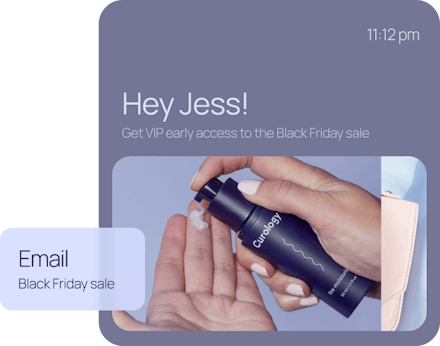The customer
data & experience
platform for retail
Create unforgettable customer experiences on every channel, powered by AI. Meet Ometria: the CDXP tailor-made for retail brands.
Powering
best-in-class brands


Architect AI
Meet Architect: the agentic AI at the core of Ometria
Architect AI™ powers a suite of specialist agents, unlocking a new era of personalization.
Steve Madden x Ometria
"On day zero we were able to unlock insights that our business has never had before”
– Hannah Sinclair
Director of DTC Retention Marketing & CRM
increase in
repeat rate
increase in customer
win-back
increase in lead conversion
Individually personalized experiences on every channel
From email to SMS, on-site to in-store, social audiences to app push and beyond – Ometria powers experiences that customers love across every touchpoint.

The customer experience
engine powering industry-leading retail brands
Repurchase rate increase
ROI
Net present value
Team efficiency
gained
Aggregate figures taken from Total Economic Impact
(TEI) report by Forrester
The industry-leading customer data and experience platform
Ometria is recognized as a leader in retail technology

“We are so happy to be working with Ometria. We needed a future-proof solution that would allow us to innovate and could keep up with our scaling business.”










